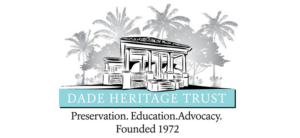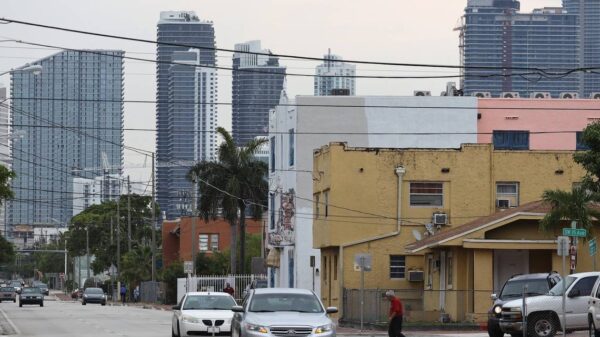Miami Herald, By Christine Rupp ,
Miami cannot let its most unique neighborhoods be developed out of existence | Opinion
May is National Historic Preservation Month, and although we have much to celebrate, we also have a lot of work to do in Miami-Dade County. In a community where most residents are from other places, establishing a shared sense of community and history is necessary for civic engagement and, ultimately, community health.
Our historic built and natural environments that are a part of Greater Miami’s identity are increasingly at risk and, simultaneously, increasingly important.
Dade Heritage Trust, founded in 1972, has been involved with historic preservation efforts in Miami-Dade County for more than half a century and continues to work with the National Trust for Historic Preservation on its Miami-based preservation interests.
Given our community’s unique history and rapid waves of development, vibrant cultural diversity, beautiful environmental treasures, renowned architectural styles and historic resources — plus the knowledgeable staff at the Miami-Dade, Miami Beach and Miami historic preservation offices, it is little wonder the National Trust has a focus on Greater Miami.
Every year, as part of the National Historic Preservation Month initiative, the National Trust announces an 11 Most Endangered List. This year, Allapattah’s Little Santo Domingo commercial corridor made that list. With zoning changes that permit insensitive redevelopment in this traditional working-class corridor, the potential for displacement of the corridor’s Dominican-based businesses and identity is threatened. A local organization, The Allapattah Collaborative, is working to find a solution to ensure Little Santo Domingo is not erased.
The listing of Little Santo Domingo follows that of Little Havana as a most-endangered site, included in 2015. The list could also include Little Haiti, and the newly named Little Bahamas in West Coconut Grove, or Little San Juan near Miami’s mid-town. The continued threat of these vibrant neighborhoods, which have their unique cultural identities, indicates a lack of understanding and appreciation by decision makers for what these areas mean to the entirety of the community, and what they could become given proper planning and resources.
As a result of the 2015 Little Havana listing, the National Trust deemed it a national treasure for its architectural and cultural heritage. That designation initiated a year-long planning process for the neighborhood. Staff from the National Trust, with the assistance of Dade Heritage Trust, met with neighborhood business owners, organizations, residents and political leaders, then engaged a local planning firm, Plusurbia, to create a beautiful neighborhood master plan that would ensure a healthy, walkable, bikable scene that promoted both preservation and sensitive redevelopment.
Unfortunately, the plan, “Little Havana, Me Importa,” is still pending with the city of Miami.
As symbols of Miami’s heritage, these places tell stories of the people who designed and built them, lived or worked in them, preserved and maintained them, and created the Miami we call home today. To celebrate Preservation Month, Dade Heritage Trust encourages you to get out and explore your community. There are a variety of walking, bike and kayak — and even culinary — tours. You can enjoy beautiful parks throughout the community, including two national parks. Dade Heritage Trust offers a “Baking in Historic Places” series to explore historic venues.
We have succeeded in our efforts to preserve and restore the Wagner Homestead in Lummus Park; the Dice House in Continental Park; Old Miami High in Southside Park; the Miami Circle; and the Dr. James Jackson Office in Brickell — our headquarters. In addition, we continue our neighborhood documentation and designation efforts; a K-12 education program; the publication of Preservation Today Magazine; and advocacy efforts for the Miami Marine Stadium, Fort Dallas Park and MetSquare.
Dade Heritage Trust also is preserving affordable housing in historic buildings in partnership with Miami-Dade County. Led by an engaged board of directors and a small, dynamic staff, Dade Heritage Trust is committed to proving that historic preservation efforts and initiatives, done well, can create a better Miami for all.
Christine Rupp is executive director of Dade Heritage Trust.


